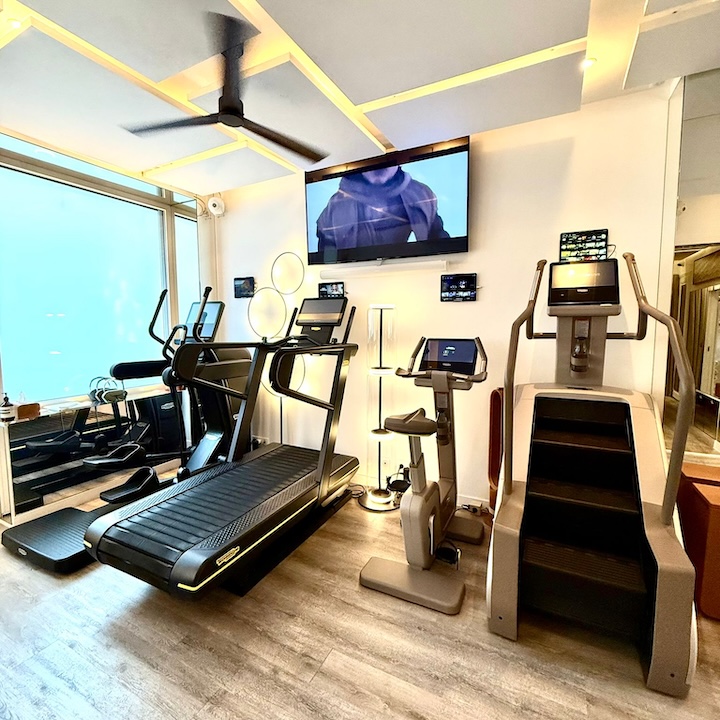Why Regular Exercise is Key to Preventing Injuries and Managing Pain
When done correctly, regular physical activity can be a powerful tool for preventing injuries and managing chronic pain. Whether it's avoiding common sports injuries, reducing back and neck pain, or managing osteoarthritis, structured exercise strengthens your body and boosts resilience. By incorporating exercises that build strength, improve flexibility, and correct posture, you can enhance your overall physical health and minimize the risk of injury.

Strengthening Muscles for Pain Prevention
One of the most effective ways to prevent injuries is by strengthening the muscles that support your body’s most vulnerable areas, such as the lower back, shoulders, and knees. By regularly engaging in resistance exercises and core workouts, you reduce the strain on your joints and relieve pressure on your spine. Strong muscles also absorb impact better, protecting your body from sudden movements or accidents that could cause injury. This is especially important for those prone to lower back pain, neck discomfort, or joint issues like osteoarthritis.
Flexibility and Mobility: The Foundation for Injury-Free Training
Improving flexibility and mobility is crucial in injury prevention. When your muscles are more flexible, they’re less likely to strain during exercise or daily activities. Stretching routines incorporated into regular workouts help prevent tension build-up in critical areas like the neck, shoulders, and back. This helps maintain proper posture and reduces the risk of chronic pain caused by muscle imbalances or poor alignment. Stretching also aids in joint mobility, which is crucial in managing conditions like osteoarthritis, ensuring that your body can move without unnecessary pain.

The Role of Correct Posture
Posture plays a significant role in preventing injuries. Proper posture not only improves balance but also protects the body from musculoskeletal pain. By engaging in exercises that strengthen the core and back muscles, you ensure proper spinal alignment, which minimizes the risk of developing lower back pain or neck stiffness. This alignment also helps prevent the long-term discomfort often caused by poor posture, especially in those who spend hours sitting or working in front of computers. With better posture comes reduced pressure on joints and muscles, making the body more resilient.
Chronic Pain Management Through Regular Exercise
Chronic pain conditions like lower back pain or arthritis can be debilitating, but regular exercise offers an effective way to manage and alleviate these symptoms. Strengthening the muscles surrounding the painful areas helps distribute the load more evenly, reducing the pressure on specific joints. Furthermore, consistent physical activity helps reduce inflammation and improve circulation, accelerating the healing process and reducing pain over time. Exercise also promotes the production of endorphins, the body’s natural painkillers, which help manage chronic pain without relying solely on medication.

Preventing Overuse Injuries
Regular exercise is not just about building strength or endurance. A personalized workout plan helps balance different muscle groups, preventing overuse injuries. By varying the types of exercises and ensuring adequate recovery time, you avoid repetitive strain injuries such as tendonitis or runner’s knee. This is crucial in maintaining long-term physical health and staying injury-free, as repetitive movements without proper care can lead to chronic issues over time.

Conclusion
Regular, well-structured exercise is one of the most powerful tools for preventing injuries and managing chronic pain. By focusing on strength, flexibility, posture, and recovery, you can protect your body from both acute injuries and long-term issues. At Louis Fabre Coaching, we create personalized fitness programs that not only help you reach your goals but also prioritize injury prevention and pain management, ensuring a long-term, sustainable fitness journey.









